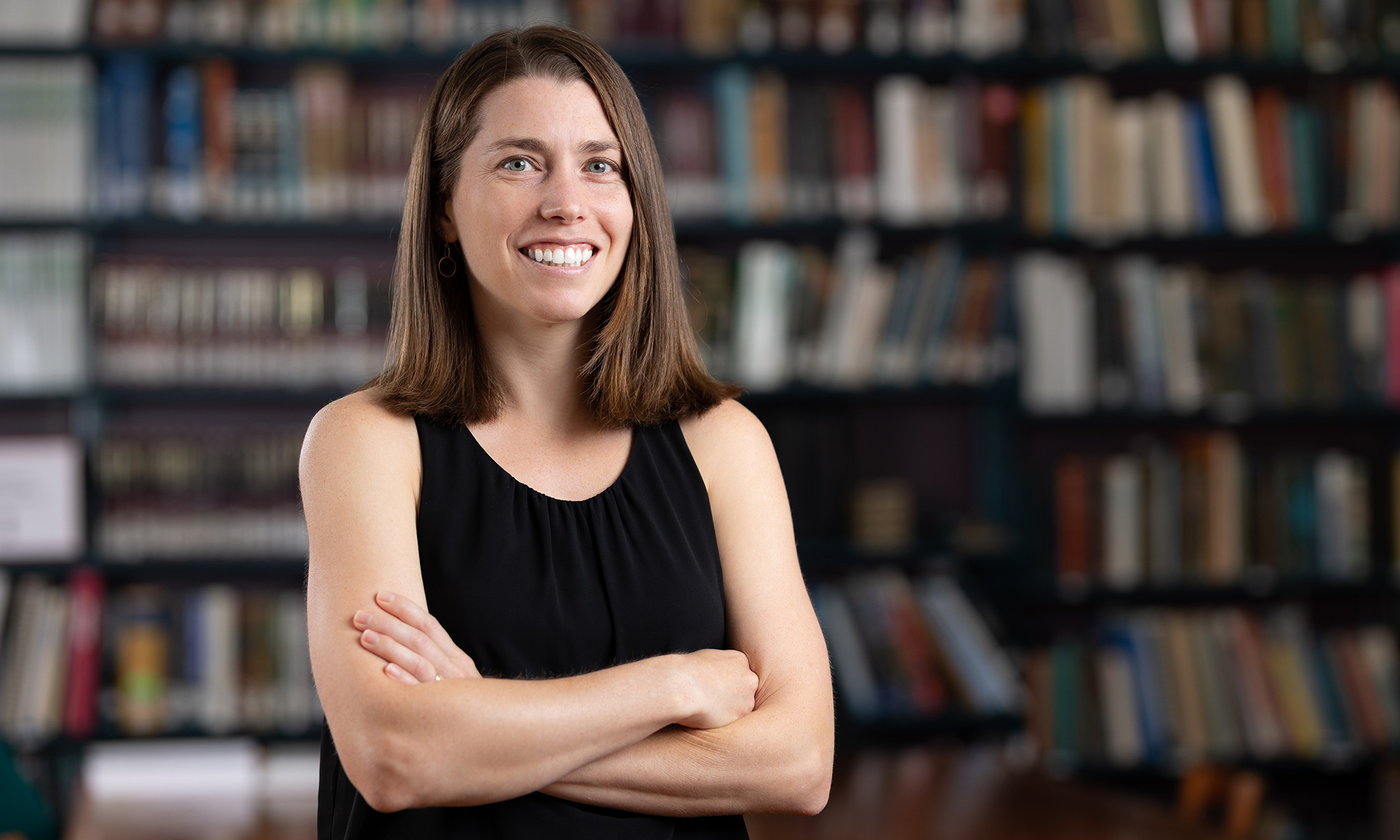Our culture sees math as something that you’re either really good at or you’re not, and that’s not true. Everyone is capable of doing math.
I tell my students all the time that the number one quality of being a mathematician is to work hard. You don’t have to be a genius or brilliant — you just have to put in the work. Students can see peers who don’t seem to have to work hard, and it can be discouraging, but it hits people at different times. Everyone has to do the work.
I work hard to challenge my students deeply while also giving them the tools to succeed. I hold them to very high standards and then work extremely hard to help them see that they can meet those standards.
Math gives such a great playground to challenge yourself and work through that challenge. You have to force yourself to push through it and work with the people around you. When that light bulb moment comes, it’s so exciting.
What will you do in South Africa during your Fulbright experience?
I’ll be positioned at Sol Plaatje University in Kimberley, South Africa. It’s the first university in South Africa that was established post-Apartheid. Before that, Kimberley was an area of few opportunities and it continues to be an area of high need. I am partnering with them to teach and to develop math curricula.
On top of that, I’ll be tutoring students at the Maths & Science Leadership Academy, a local nonprofit STEM education program for 8-12 graders. Unemployment is incredibly high there. Technology and science-oriented jobs are available, but the fact is if you don’t pass a certain test you can’t even study in those fields. This program has an amazing track record, with over 95% of their seniors earning acceptance to university.
Tell us about your research.
I work in generalized Fourier transforms. They generalize a very ubiquitous algorithm called the discrete Fourier transform.
In essence, you apply generalized Fourier transforms to a data set and get new information or ways of seeing things. A helpful metaphor is a recording of an orchestra playing a piece of music. A transform takes that recording and remixes it to give what we call frequency information. You can see the different notes being played or possibly what the different instruments are — a much deeper analysis of what you’re hearing.
What do you do for fun?
I run and play soccer — and my students will all tell you that I just love cats. I’ve run five marathons, many half-marathons, two 50Ks, three 50-milers, and completed the HURT100 race in the mountains above Honolulu. While I’m in South Africa, I hope I’ll be able to get some running in and maybe play soccer with some students, too.

